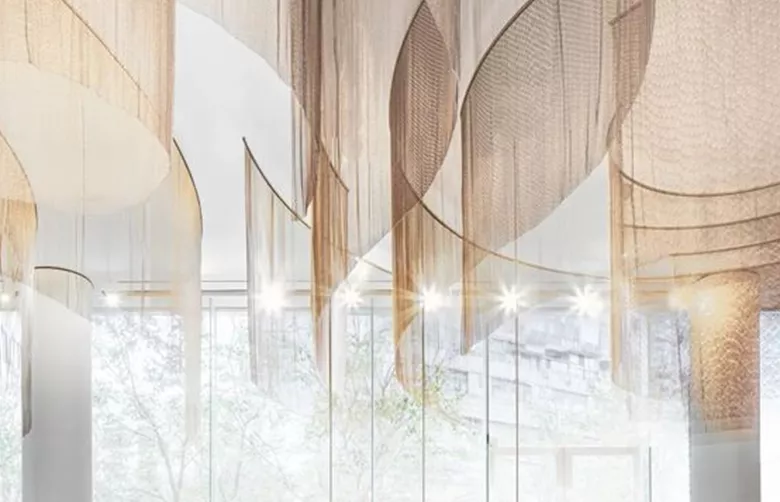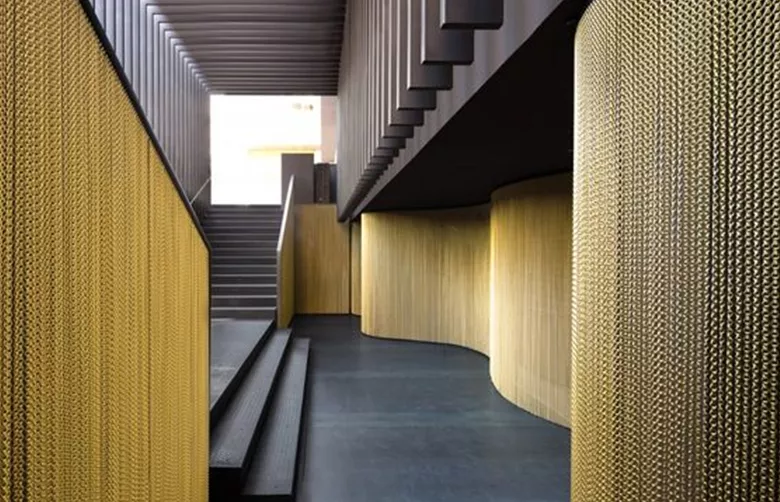-
About UsProductsCustomized SolutionProjectGalleryNews
Transforming Spaces: The Aesthetic and Functional Advantages of Architectural Wire Fabric
Release time: June 12, 2023Architectural wire fabric, also known as architectural mesh, has revolutionized the design and functionality of various spaces. With its unique blend of aesthetics and functionality, architectural wire fabric has become a popular choice among architects, designers, and property owners. In this article, we will explore the numerous advantages of architectural wire fabric and how it can transform spaces, creating visually stunning and functional environments.
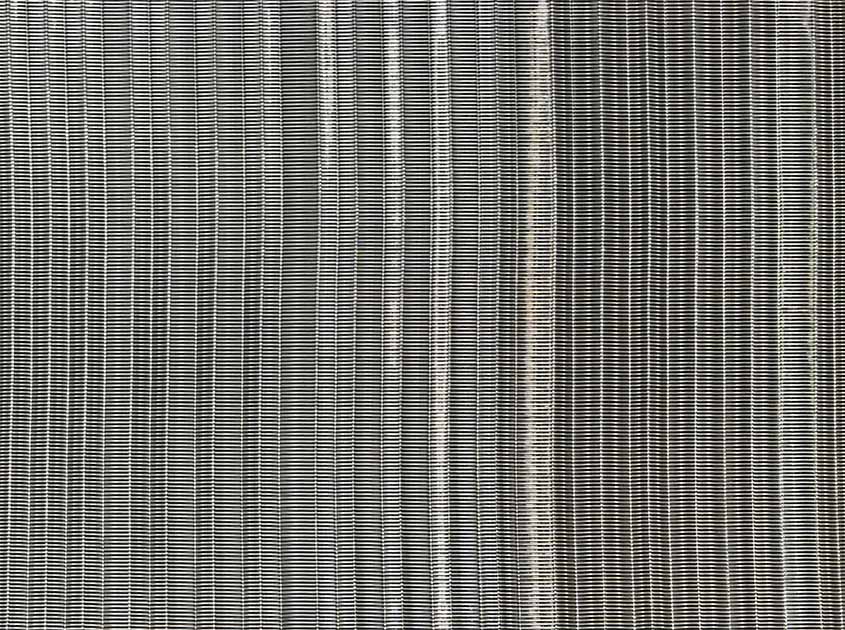
Aesthetic Appeal:
One of the standout features of architectural wire fabric is its striking visual appeal. The interwoven patterns and textures of the wire fabric add depth, character, and elegance to any space. Whether used in interior design or exterior applications, architectural wire fabric offers a contemporary and artistic touch, elevating the overall aesthetics of the environment. Its versatility allows for the creation of unique design elements, such as feature walls, suspended ceilings, partitions, and decorative facades, that captivate attention and leave a lasting impression.
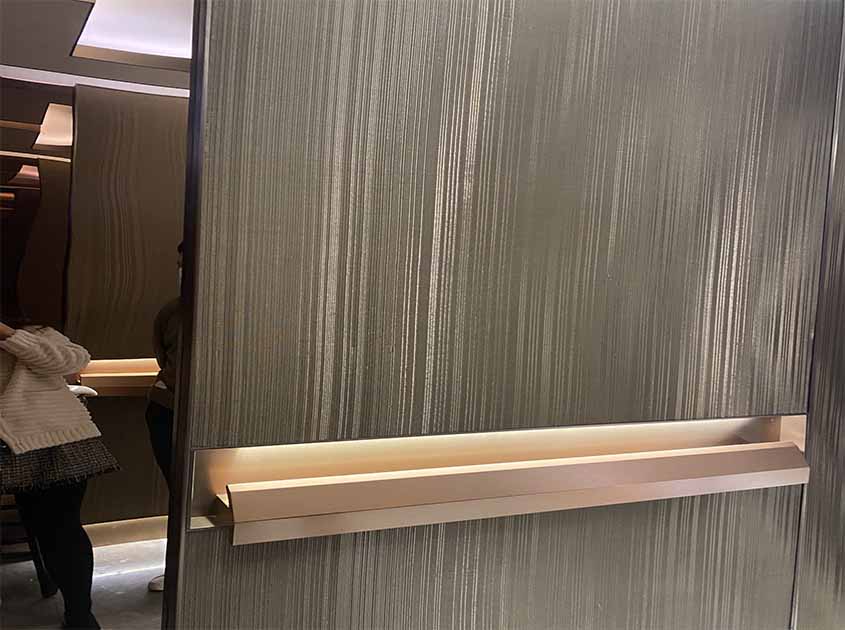
Light and Airflow:
Architectural wire fabric strikes a balance between openness and functionality, allowing for ample light transmission and airflow. The open weave design of the wire fabric facilitates the passage of natural light, creating bright and inviting spaces. This is particularly advantageous in interior applications, where maximizing natural light is desired. Additionally, the wire fabric promotes proper ventilation, enhancing air circulation and improving indoor air quality. This makes architectural wire fabric ideal for spaces that require optimal lighting, airflow, and a sense of openness.
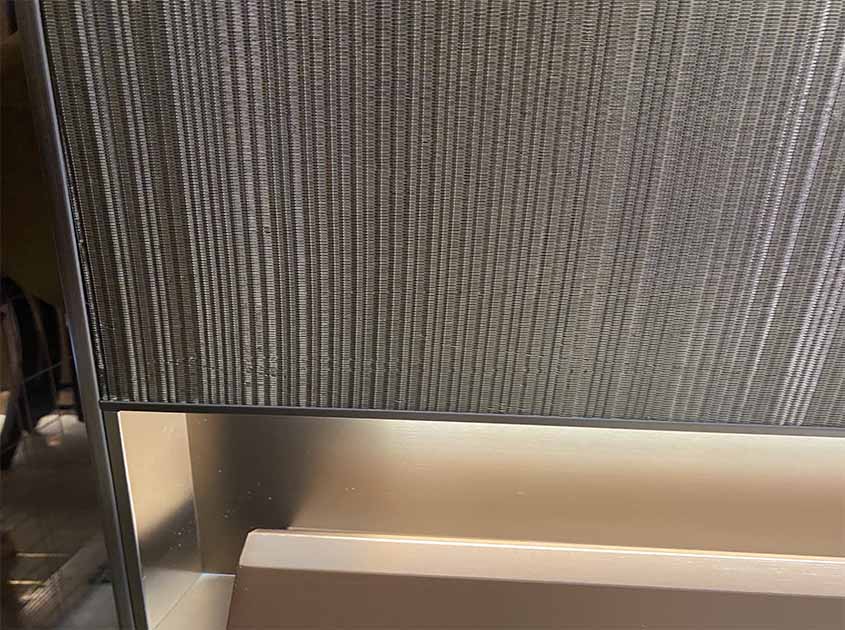
Privacy and Sun Control:
While architectural wire fabric promotes openness, it also offers privacy and sun control when needed. Different mesh densities and patterns allow for various degrees of opacity, enabling designers to tailor the level of privacy and sun protection required for specific spaces. The wire fabric can be strategically positioned to provide privacy in areas such as conference rooms, offices, or residential balconies, while still allowing light to filter through. Moreover, architectural wire fabric can act as a shading solution, reducing glare and solar heat gain, thereby enhancing energy efficiency and comfort.
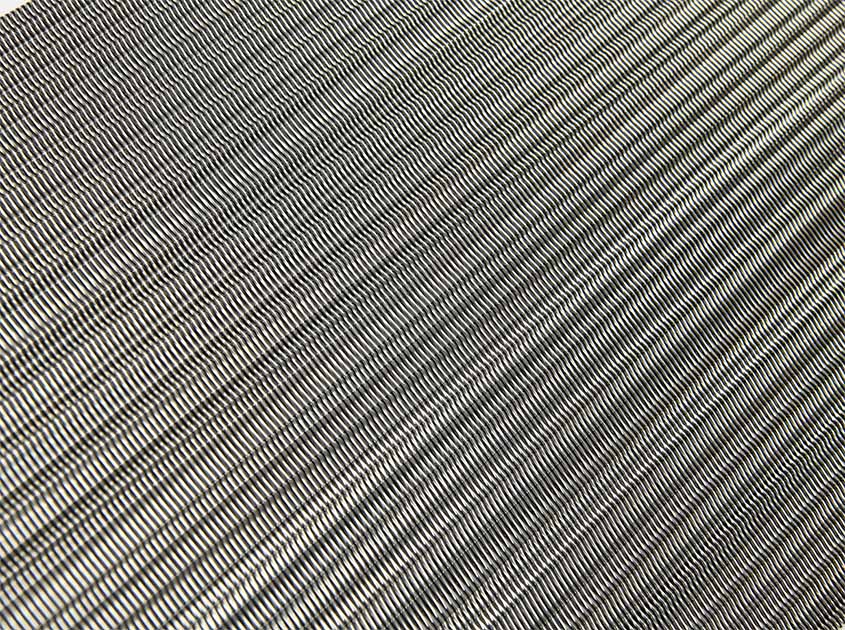
Durability and Versatility:
Architectural wire fabric is known for its durability and versatility. The wire fabric is typically made from high-quality materials, such as stainless steel or aluminum, which offer excellent resistance to corrosion, weathering, and wear. This ensures that the wire fabric maintains its integrity and appearance even in demanding environments. Additionally, architectural wire fabric can be customized in terms of size, color, and pattern, allowing for endless design possibilities and seamless integration with various architectural styles and themes.
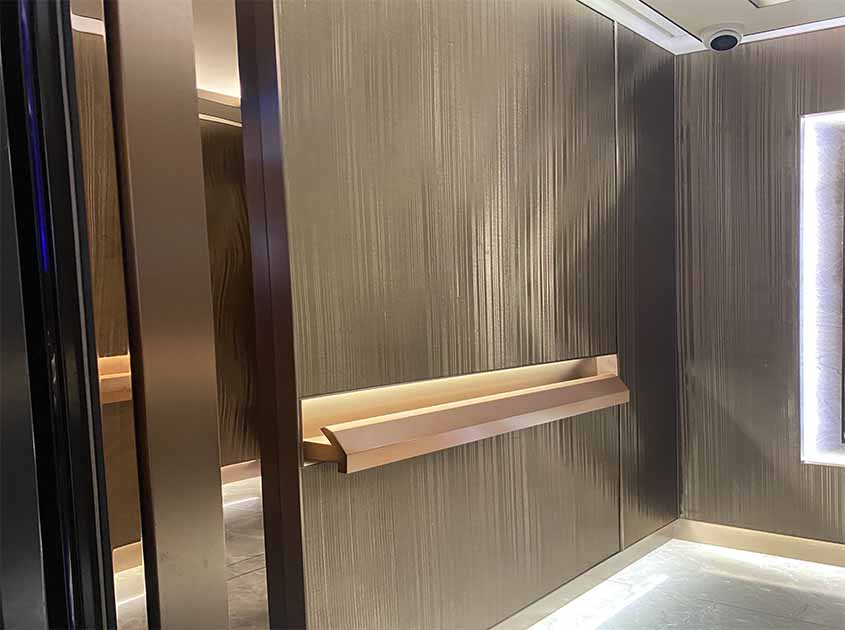
Functional Applications:
Beyond its aesthetic appeal, architectural wire fabric offers functional benefits as well. It can be used as a safety feature, acting as fall protection or guardrails in elevated areas. Wire fabric can also serve as a security element, providing a barrier against unauthorized access while still maintaining visibility. Moreover, the wire fabric can be utilized as acoustic panels, reducing noise reverberation and enhancing sound control in spaces such as theaters, auditoriums, or offices.
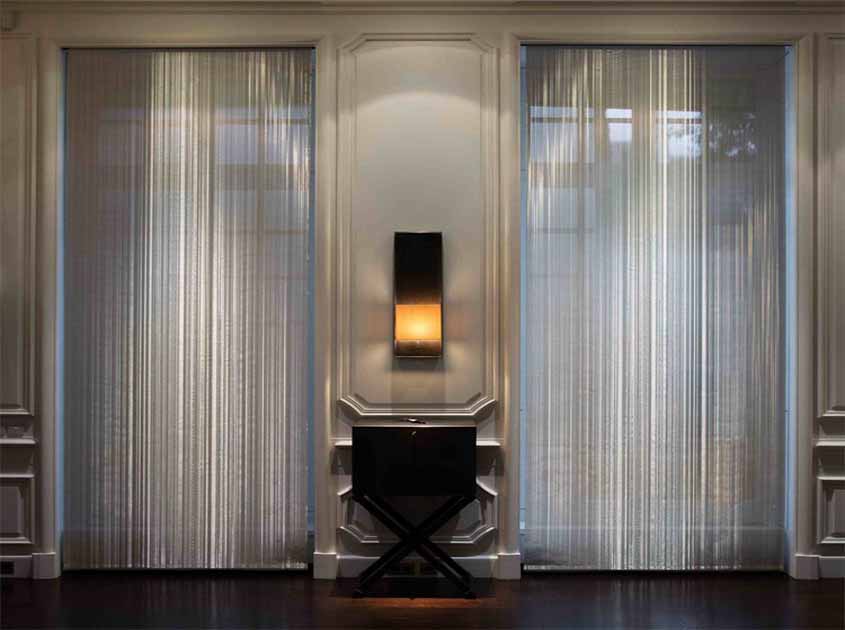
Conclusion:
Architectural wire fabric has transformed the way we design and experience spaces. With its aesthetic appeal, light and airflow benefits, privacy and sun control options, durability, versatility, and functional applications, architectural wire fabric offers a unique solution for creating visually stunning and functional environments. Whether used in commercial buildings, public spaces, residential projects, or art installations, architectural wire fabric adds a touch of elegance and transforms spaces into extraordinary experiences. Embrace the advantages of architectural wire fabric and unlock the full potential of your design vision.
Recommended News



